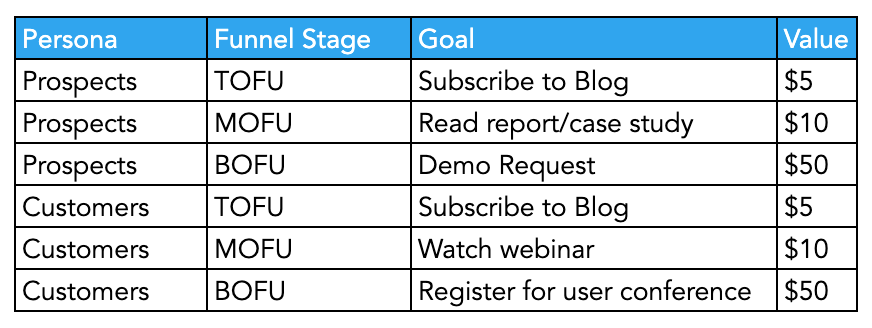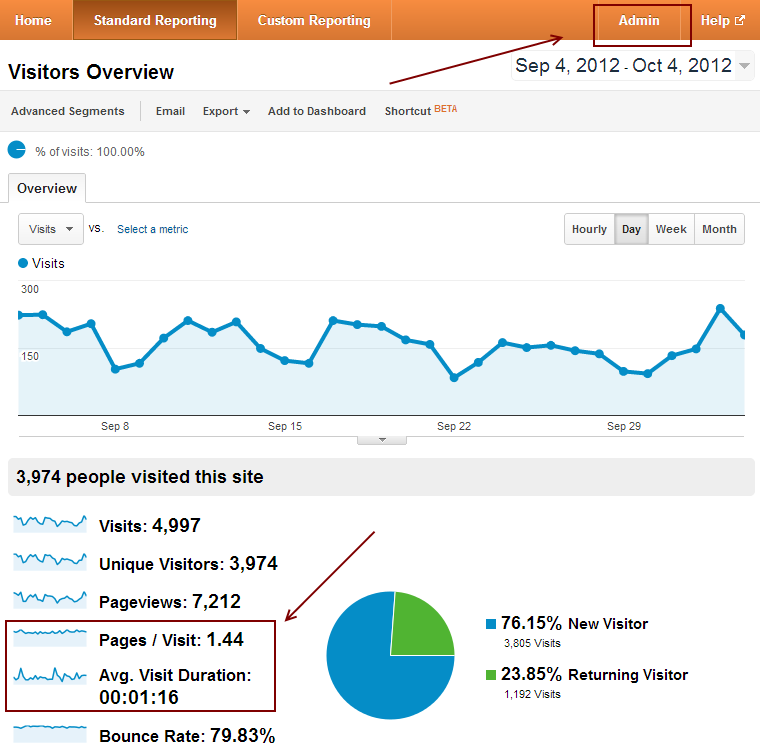Recognizing What Data Is Google Analytics Goals Unable to Track
Recognizing What Data Is Google Analytics Goals Unable to Track
Blog Article
Discover the Limitations of Google Analytics Goals: Revealing the Data Kind That Remain Untrackable
As services increasingly depend on data-driven decision-making, understanding the restrictions of devices like Google Analytics ends up being paramount. While Google Analytics Goals offer important understandings right into customer interactions, there exist information types that thwart tracking, posturing difficulties to an extensive understanding of individual habits.
Incomplete User Trip Tracking
Incomplete individual trip monitoring within Google Analytics can hinder the ability to properly assess user habits. When the individual trip is not totally tracked, there are voids in the information that avoid an extensive understanding of just how customers connect with a site. This lack of understanding can cause missed out on possibilities for optimization and renovations to the customer experience.
One typical concern with incomplete customer journey tracking is the lack of ability to see the full path that users take previously completing a goal or leaving the website. Without this information, it is testing to identify where individuals may be running into barriers or rubbing factors that stop them from converting. In addition, insufficient tracking can obscure the influence of specific advertising and marketing efforts or site changes on customer behavior.
To resolve this restriction, it is essential to set up correct monitoring devices within Google Analytics to catch the whole user trip. This may involve establishing event monitoring, goal funnels, or using devices like Google Tag Supervisor to guarantee that no vital interactions go unrecorded. By gaining a comprehensive view of the user journey, website proprietors can make more enlightened choices to enhance individual involvement and drive conversions.
Acknowledgment Challenges
Browsing via attribution obstacles in Google Analytics requires a detailed understanding of exactly how various touchpoints add to the total conversion process. Attribution challenges emerge from the intricacy of modern-day client trips, where individuals engage with several networks before transforming. Google Analytics gives various attribution designs like initial touch, last touch, and straight, each offering a various viewpoint on just how credit score is appointed to touchpoints along the conversion path. Nonetheless, these versions might not constantly accurately reflect real impact of each touchpoint on the conversion.
One typical acknowledgment challenge is the trouble in attributing conversions to the proper resource, particularly in situations where customers communicate with multiple networks prior to transforming. In addition, cross-device monitoring presents one more attribution challenge, as customers frequently switch over between tools during their trip, making it challenging to track their interactions perfectly.
Offline Conversions
Provided the difficulties connected with associating conversions precisely in online networks, the dimension of offline conversions provides a significant chance for marketing experts looking for a much more comprehensive understanding of their customers' journey. Offline conversions refer to actions that customers absorb the physical world, such as making acquisitions in brick-and-mortar shops or over the phone, going to events, or engaging with printed products - what data is google analytics goals unable to track. These conversions are critical for services that operate both online and offline, as they give beneficial insights into the effectiveness of advertising and marketing campaigns throughout various touchpoints
Tracking offline conversions generally posed a significant difficulty for marketing professionals, as it was testing to attach these activities back to details online interactions precisely. With improvements in technology, such as i was reading this the combination of CRM systems, distinct identifiers, and coupon codes, businesses can now connect the gap between online and offline information to gain an extra all natural sight of customer behavior. By properly measuring offline conversions, online marketers can maximize their methods, designate sources extra efficiently, and ultimately boost the overall customer experience.
Cross-Device Tracking
Cross-device tracking plays a crucial duty in understanding the interconnected nature of customers' electronic communications across several devices. In today's omnichannel globe, where users effortlessly switch over between desktops, tablets, and smart devices, tracking their actions across these tools is essential for marketing professionals to obtain a comprehensive sight of their customer journey.

Moreover, privacy concerns and policies such as GDPR and CCPA have additionally difficult cross-device tracking. With individuals requiring even more control over their data and enhanced constraints on tracking technologies, marketing experts need to find privacy-compliant and innovative ways to attach customer communications throughout devices.
Dynamic Content Involvement
Recognizing individual interaction with dynamic content is critical you can check here in maximizing digital advertising strategies for boosted audience interaction. Dynamic material refers to web site aspects that change based upon customer behavior, preferences, or other variables, offering an individualized experience. However, tracking user communications with vibrant material poses challenges for traditional analytics devices like Google Analytics.
While Google Analytics can track fundamental communications like clicks and web page sights, it may have a hard time to record more nuanced involvements within vibrant material. what data is google analytics goals unable to track. Metrics such as time invested in particular vibrant aspects, hover actions, or communications within pop-ups are frequently not easily measurable utilizing typical monitoring approaches. This restriction impedes marketers' ability to fully realize just how individuals are involving with vibrant material and customize their strategies accordingly

Verdict
In final thought, Google Analytics objectives have restrictions in tracking incomplete user trips, associating conversions accurately, catching offline conversions, tracking cross-device communications, and gauging dynamic web content engagement. These restraints highlight the value of discovering additional tracking techniques and tools to get an extra extensive understanding of individual actions and conversions past what Google Analytics can supply.
While Google Analytics Goals deal valuable insights right into individual interactions, there exist information kinds that avoid tracking, presenting difficulties to an extensive understanding of user actions.Insufficient individual journey tracking within Google Analytics can hinder the capacity to properly analyze user actions. When the customer trip is not fully tracked, there are spaces in the data that stop a comprehensive understanding of exactly how users engage with a site.One usual problem with incomplete customer trip tracking is the failure to see the full path that customers take in the past completing a goal or leaving the site. By gaining a thorough sight of the user trip, website proprietors can go to my blog make more educated decisions to boost customer engagement and drive conversions.
Report this page